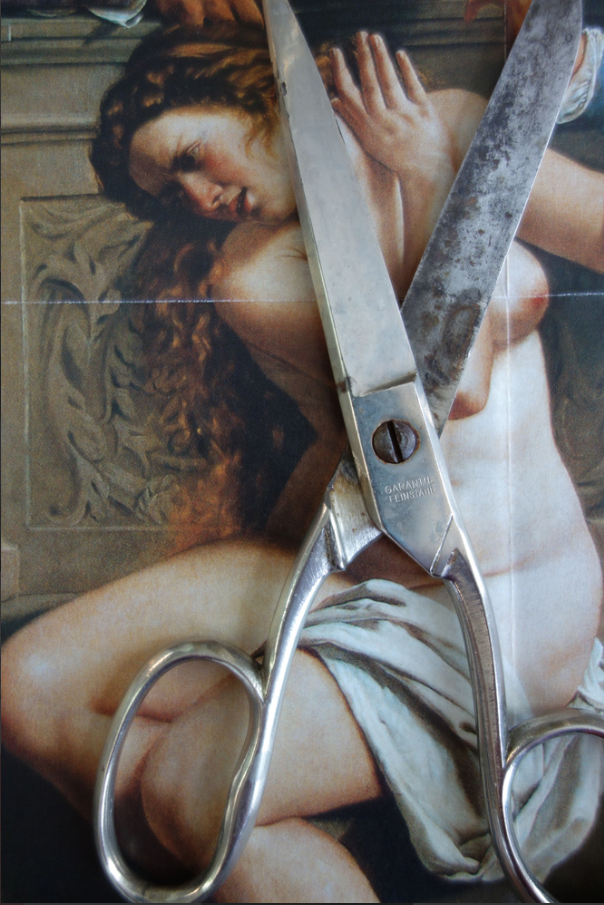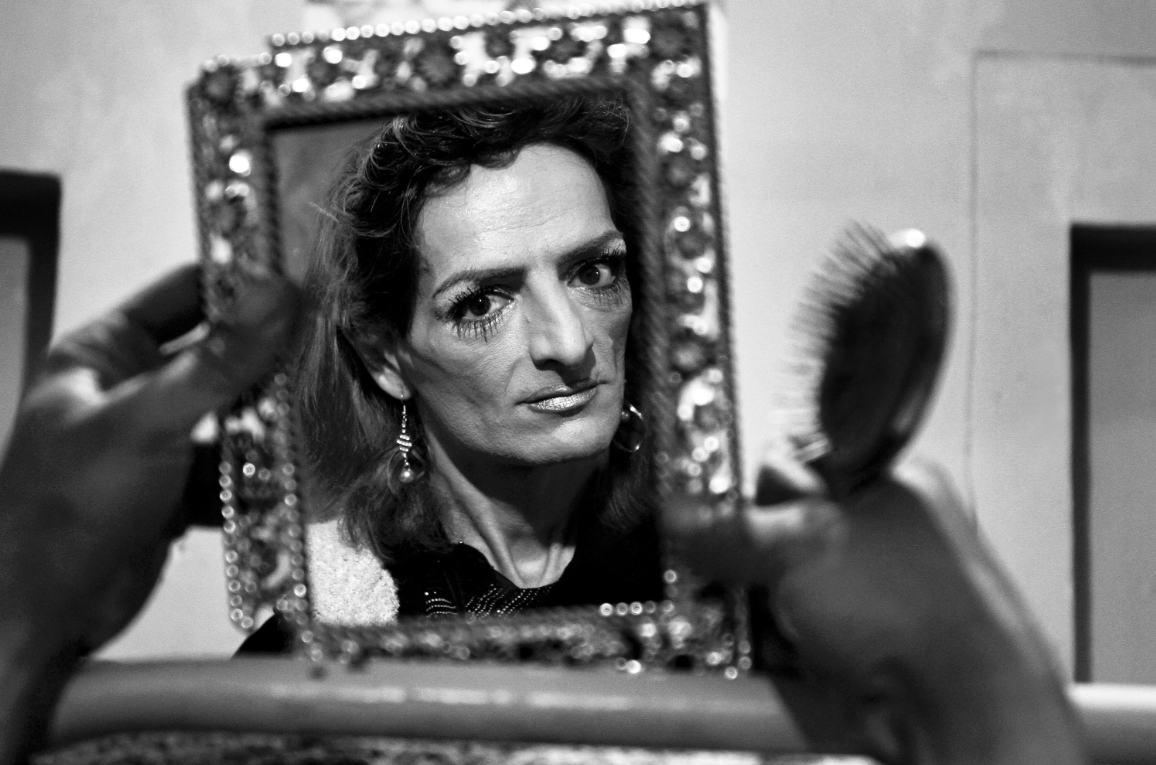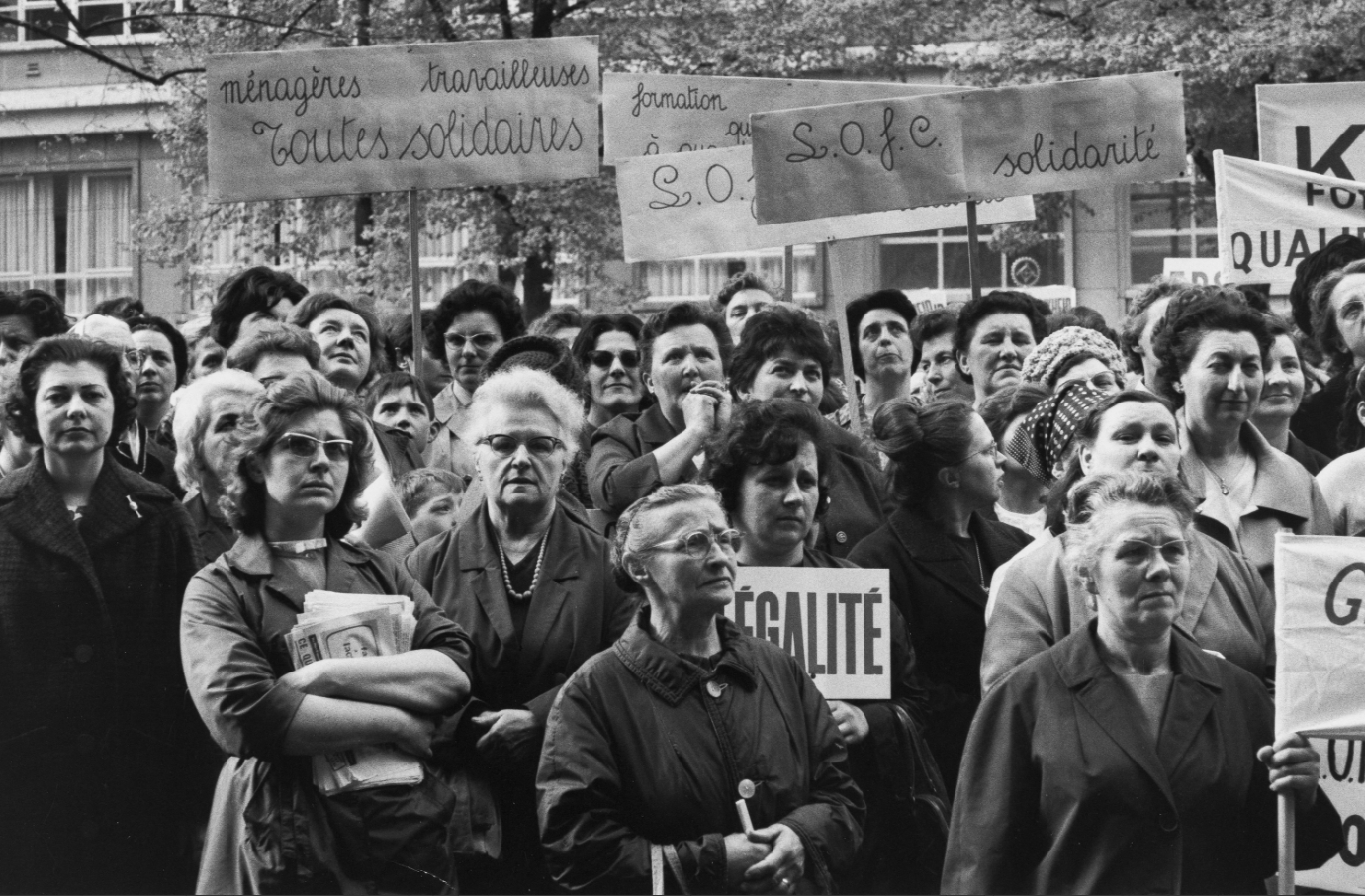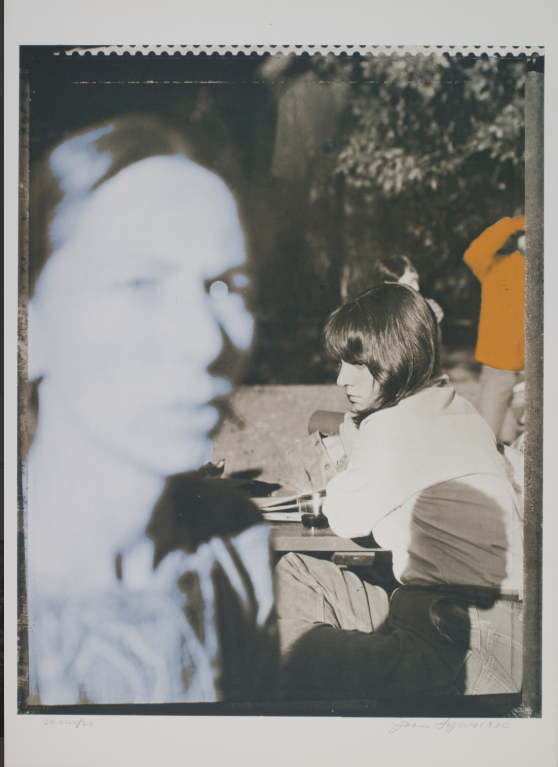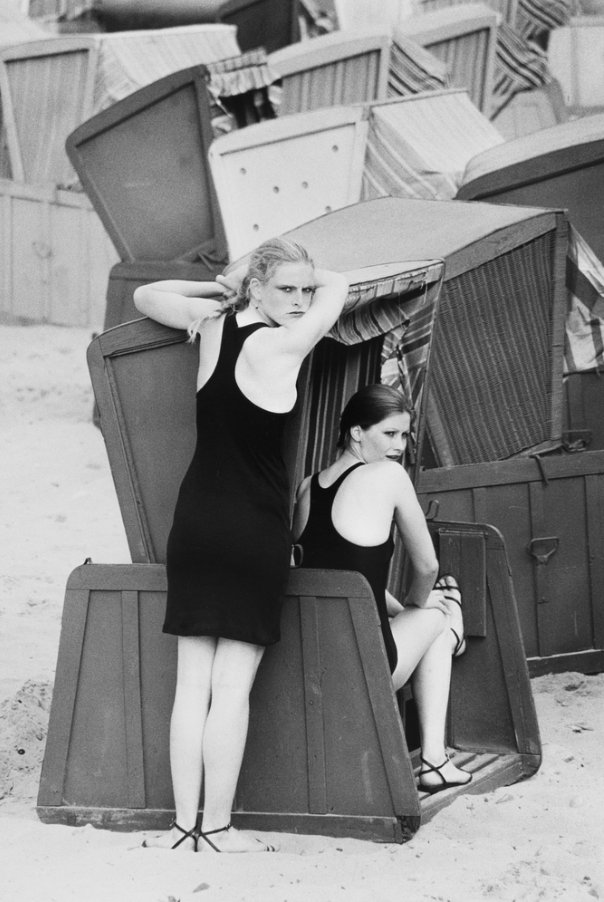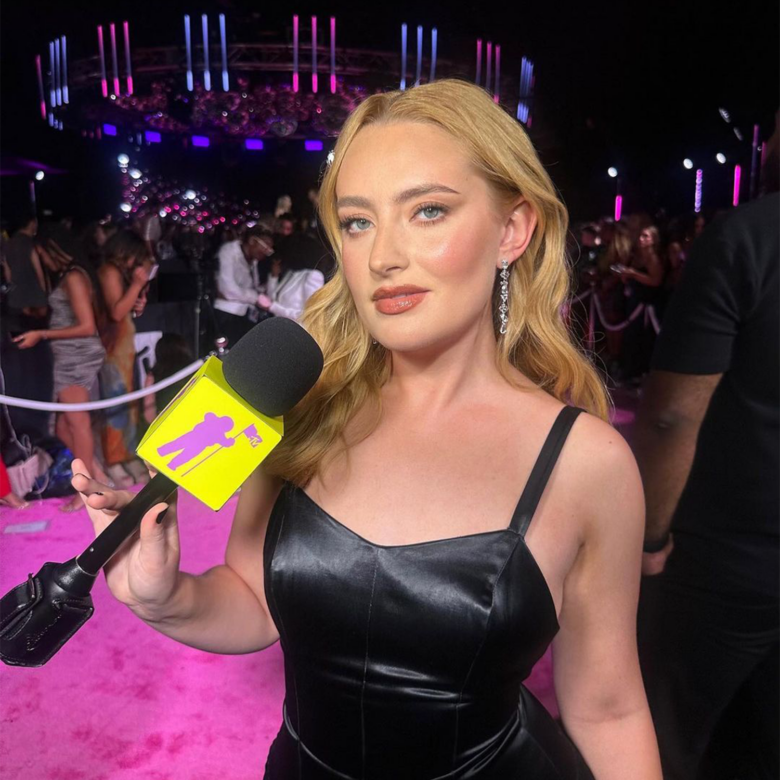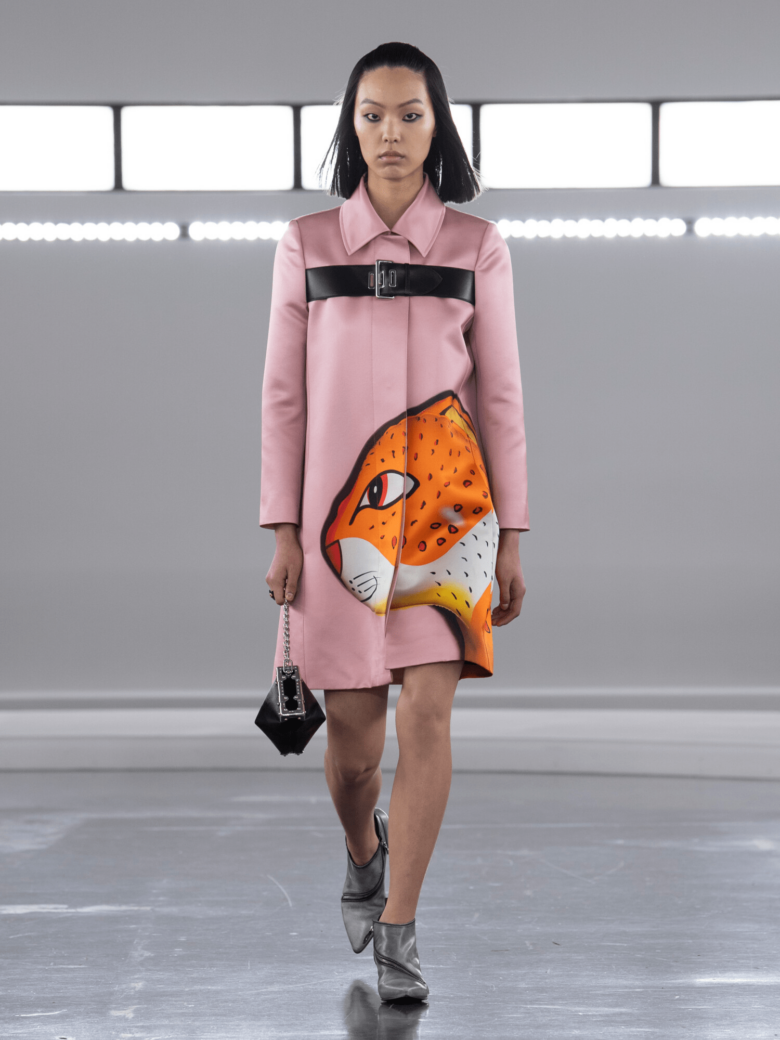Exploring under represented female photographers through history
Fannie, women have been extremely under-represented in photography – how did you want to approach this when deciding who to feature in Elles?
My choices were driven by a desire for images, for surprises, for discoveries or rediscoveries of artists that seemed barely visible or unknown to me. Of course, there’s a few big names that pop up, like Dorothea Lange or Lisette Model, but with less expected images. But most of all, [I wanted to feature] women that are institutionally underrepresented.
How did you begin to tackle the historical aspect of women in photography, why was it important to chart this?
I scanned through all the images of the fair that the galleries offered me (about 500 of them); and naturally, among their proposals, were a number of historical images. So, I decided to build this tour retrospectively, using history and the place of women in history as a common thread, from the beginning of photography to the present day. It was important to me that I was able to show that women were already very present at the time of the medium’s invention.
What criteria did the photographers have to fulfil in order to be a part of your selection?
There were no particular criteria other than being talented women photographers with a unique outlook, engaged in their practice and fully aware of their art.
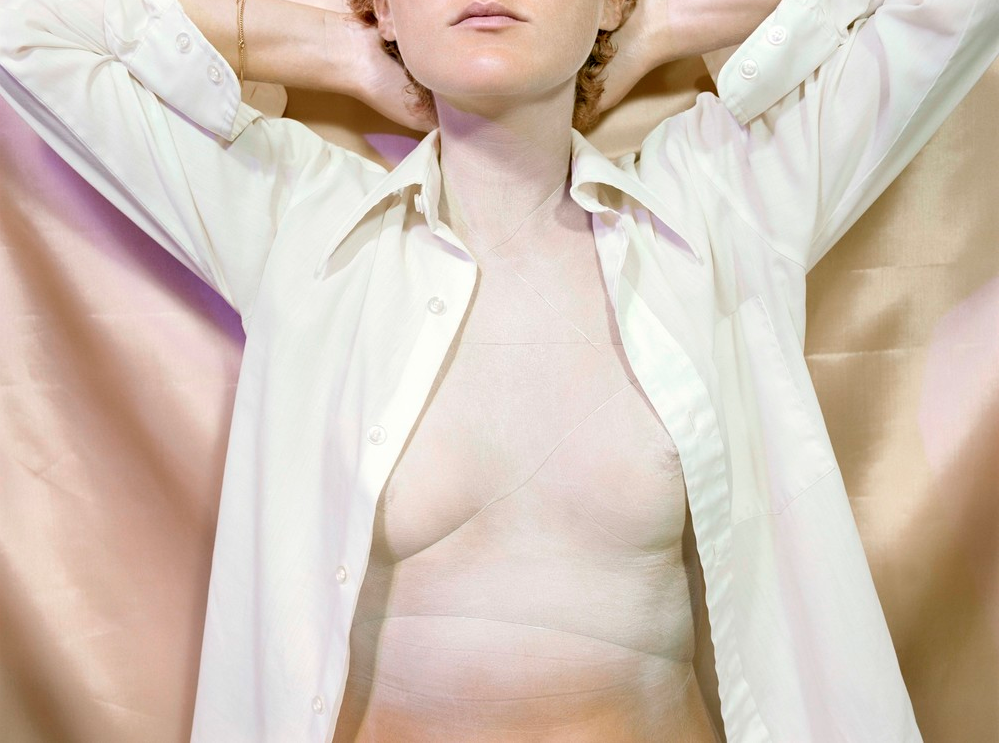
Why is it important that Paris Photo highlights women in the field, and how did you ensure that it didn’t feel like jumping on a ‘trend’?
This proposal originated in the Ministry of Culture and matched with Paris Photo’s wish to dedicate [a part of] their programming to women; in my opinion, it’s not about a “trend” but about engaging in the current global context in which the role of women in society is being questioned.
What perspective do women bring to photography that you feel men don’t?
I don’t think women bring a different perspective; it’s rather a question of a different approach to the medium, they have their own sensibility and their own topics of interest that are different from those of men. They have another way of seeing the world, perhaps more feminine, more sensitive.
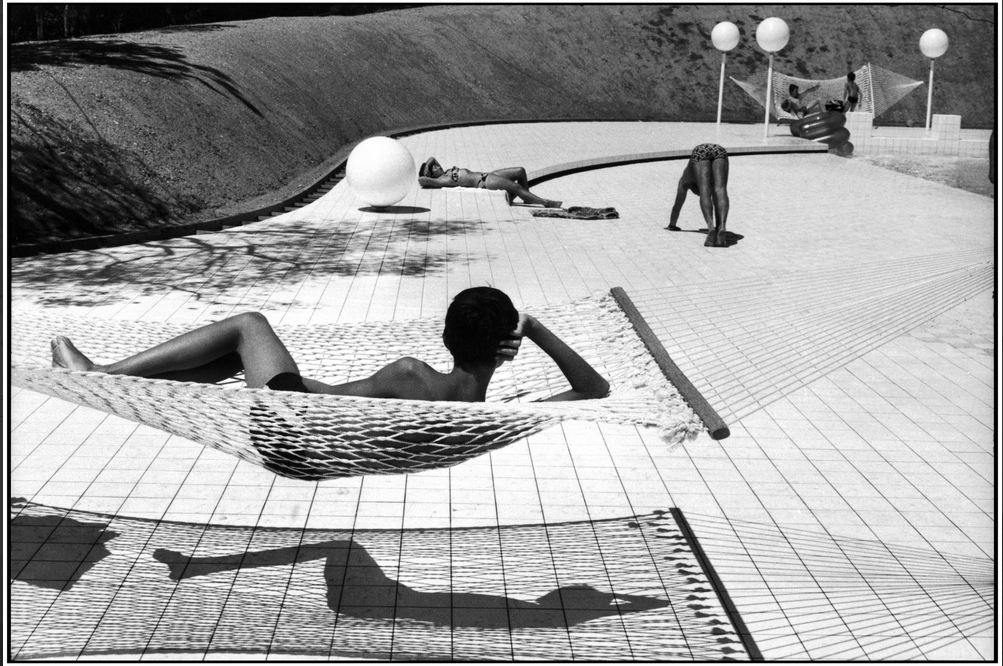
From the selection of female work on show at Elles Paris Photo, whose work moved you the most?
I loved rediscovering 1970s feminist avant-garde photographers, such as Penny Slinger, Renate Bertlmann or Joan Lyons, who’s having a solo show at Steven Kasher and is truly unknown in Europe. Of course, I was very touched as well to discover so many young talents like Tahmineh Monzavi, Hilla Kurki, Wiam Haddad or also Charlotte Abramow.
Are there any female photographers in the exhibition that you feel particularly deserve more recognition for their contribution to photography?
I want to say that they practically all deserve more recognition. Other than a few big names like Dorothea Lange, Cindy Sherman or Julia Margaret Cameron, [the reality is that] 80% of them don’t receive the exposure that they should. It amazes me that a photographer such as Arlene Gottfried, for instance, still receives limited awareness, or that Jan Groover never had an exhibition in France.
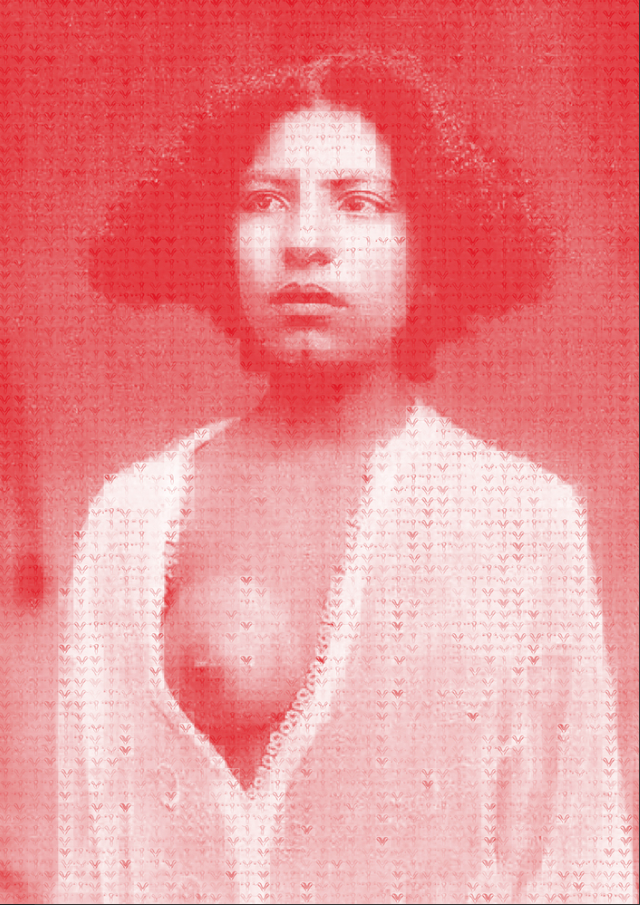
It has been said recently that female photographers matter now more than ever before – do you agree?
We’ve certainly come to realise that women photographers exist, but they were always instrumental in the history of photography. Unfortunately, they were underrepresented for a long time, and history did not give them the place they should’ve had. It’s about time that we give women photographers the attention they deserve, because they’re just as important as men.
What advice would you give to young female photographers looking to stand out now?
[I’d tell them] to always fight to defend their work, to not be discouraged and to continue producing and showcasing it in all circumstances. But this piece of advice is just as valuable for young male photographers. I’m optimistic that the attention given to female artists is going to evolve, thanks to the arrival of new ways of communicating like social networks, and particularly Instagram, which allows each and every artist to showcase their work, with no gender distinction or need to access particular networks. Images are more and more accessible and if we know how to look at them, then we should be able to restore the balance without any problems.
Paris Photo runs from 8-11 November. Find out more information here.
